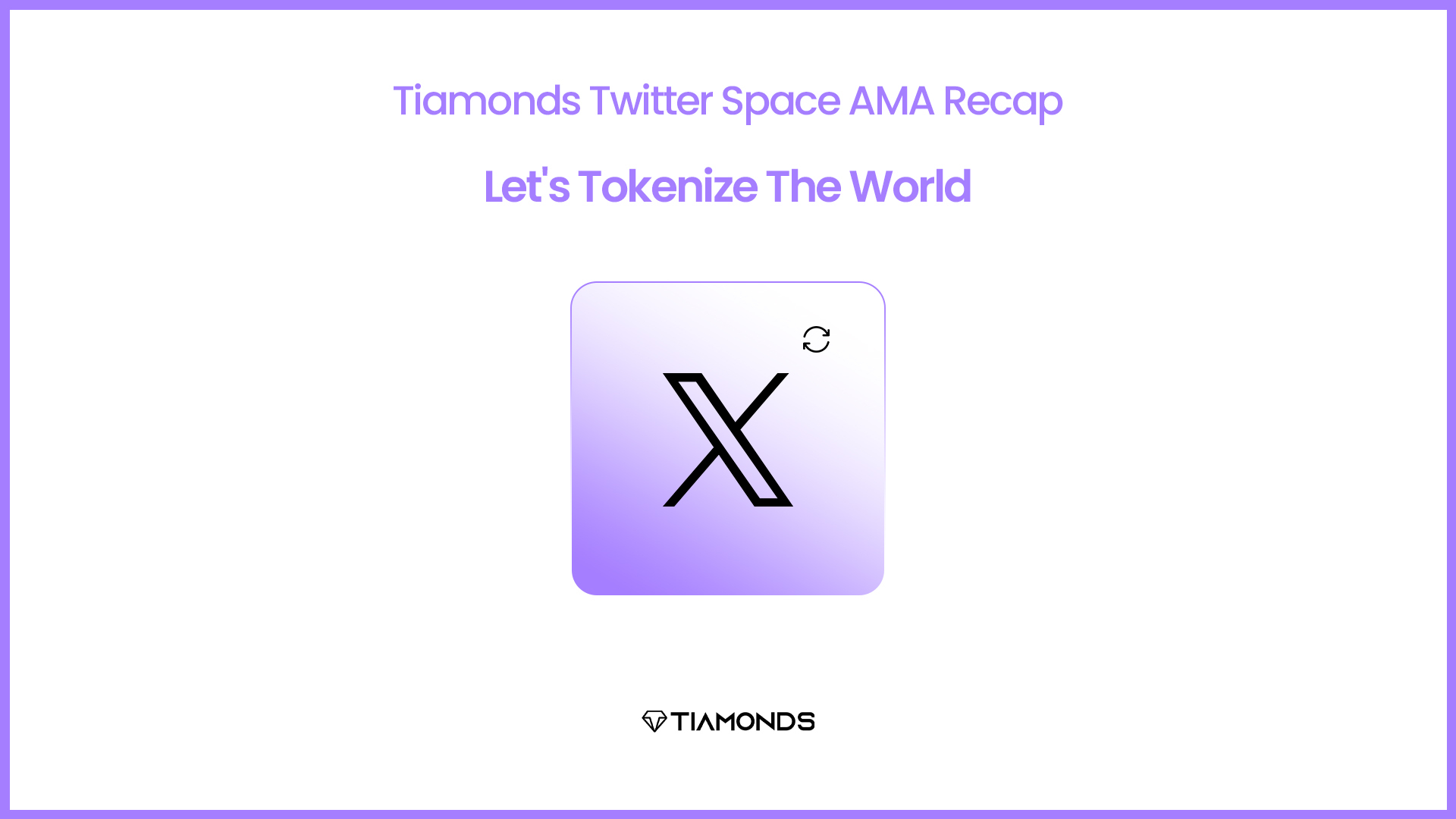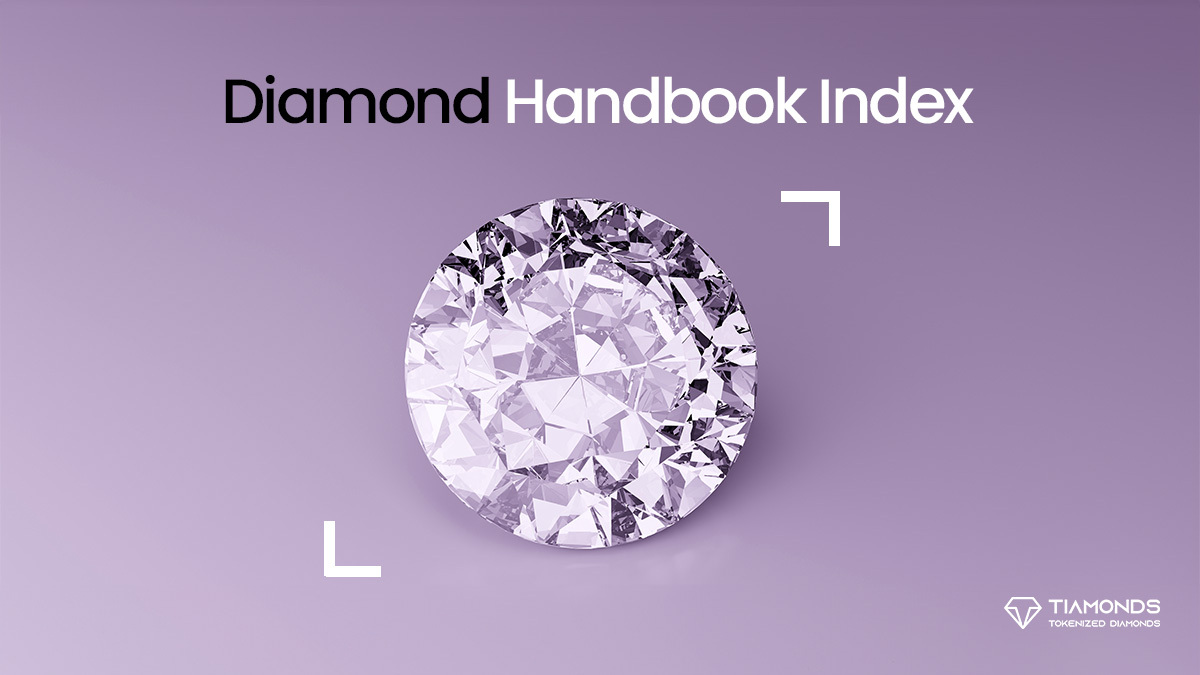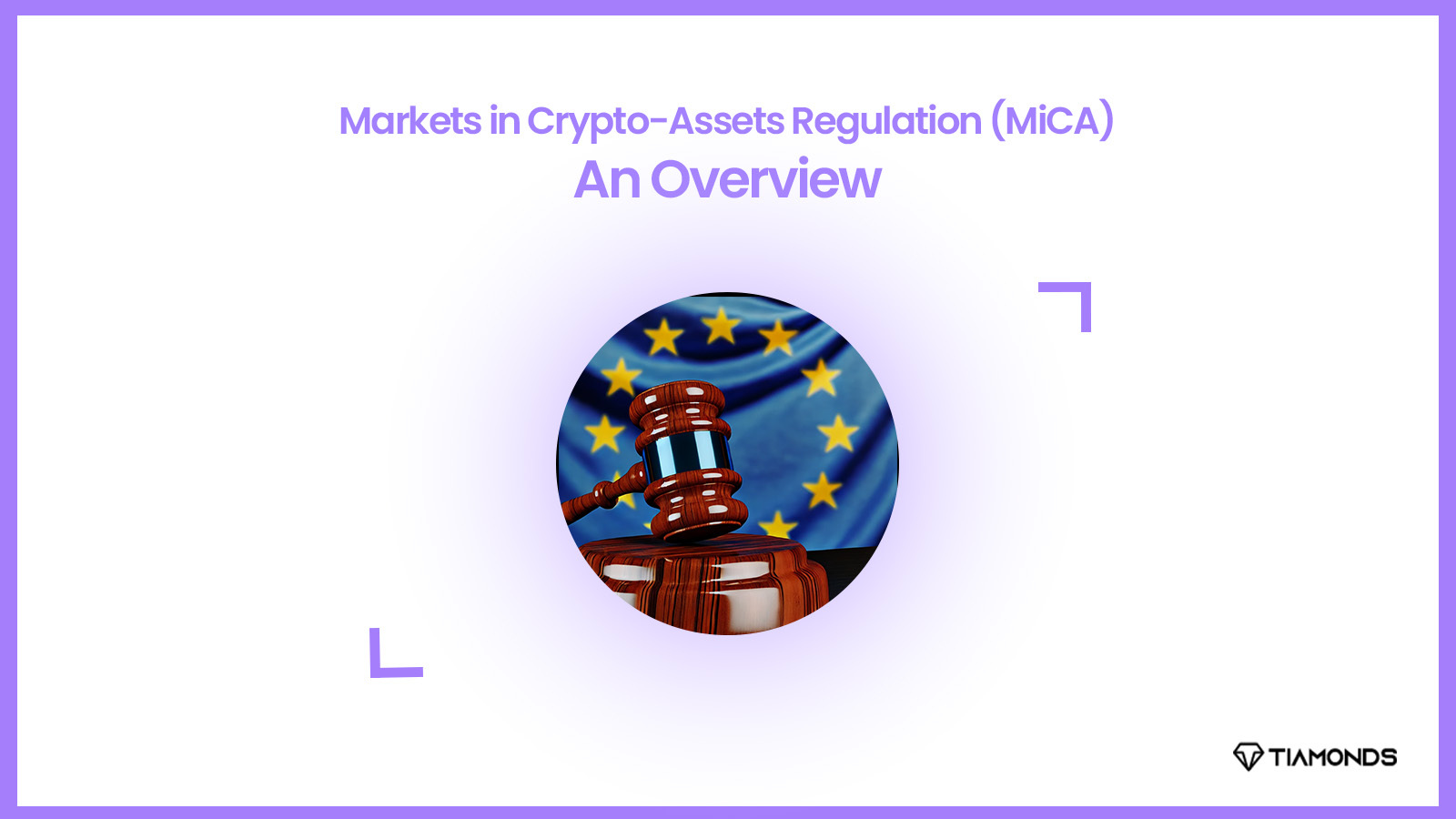NFTs have taken the globe by storm in recent years, redefining how people conceptualize ownership and the worth of digital assets. As the market for non-fungible tokens continues to expand, traders are always on the hunt for alternative methods of trading to find beneficial investment opportunities. Using NFT floor prices is an option that is gaining traction.
What Is the NFT Floor Price?
The minimal price at which a non-fungible token can be sold on a given platform or marketplace. They reflect the need for and potential value of a specific NFT at a particular time. Traders can detect possible buying and selling opportunities by analyzing the fluctuation of floor prices over time.
The current floor price is always a reasonable starting point for assessing the value of an NFT. The floor price is the lowest price a seller is prepared to accept for a non-fungible token in a specific collection.
It is important to note, however, that floor pricing can be altered to make a collection appear more desirable than it actually is, and its utility is not obvious.
Check the previous average sale prices to determine if the floor price is dictated by the broader market or has been artificially inflated. If the average sale price is much below the floor price, this is a clear indication that the floor price is being manipulated.
Hence, the NFT floor price is a common indicator of an NFT collection’s success. A higher floor price signals greater demand; hence, shifting floor prices might provide arbitrage traders with trading possibilities. A falling floor price may also represent a once-in-a-lifetime opportunity to join a top-tier NFT community.
How Can the NFT Floor Price Be Identified for Trading Opportunities?
Identifying marketplaces or platforms with substantial trading volumes for the NFTs you are interested in is the first step in leveraging NFT floor prices to uncover trading opportunities. Several markets include tools for monitoring floor prices and tracking real-time changes.
After identifying the appropriate marketplaces, you can begin monitoring the floor prices of the NFTs of interest. As the floor price of an NFT increases, it indicates that demand for that NFT is growing. This may be due to increasing social media attention, celebrity endorsements, or the production of new NFT-related content. Traders can capitalize on this trend by purchasing NFT at its present floor price with the hope that its value will continue to rise.
In contrast, a decline in the floor price of an NFT may indicate a decline in demand. This may have occurred as a result of negative publicity or a shift in market attitude. Traders can profit from this trend by selling NFTs before the floor price falls further, limiting their losses.
While making investment selections in the NFT market, it is important to note that floor prices are not the only aspect to consider. Additional aspects like the NFT’s rarity, uniqueness, and market trends as a whole should also be considered.
Note: Beware of the Floor Price Set by the Seller
The floor price can only be established by those who own the NFTs in a collection. Unfortunately, these people may not necessarily be reliable or trustworthy value indicators. They may be attempting to trick purchasers.
In addition, NFT holders may attempt to increase the base rate of a collection by promising not to sell for less than a specified amount, regardless of the collection’s true value. For instance, if a group of NFT holders agreed not to trade their NFTs for much less than 100 ETH, despite the fact that their true value is lower, they might artificially boost the floor price.
Often known as “sweeping the floor,” this method entails purchasing many NFTs in a collection at the floor price. This could be an indication that the initiative is getting traction, but it could simply be a single company manipulating the floor price.
While floor pricing can be a valuable tool for NFT traders to evaluate the demand and entry point for purchasing NFTs in a collection, it is crucial to exercise caution and evaluate many data points prior to making a choice.
Conclusion
The use of NFT floor prices can be a useful tool for finding trading opportunities in the volatile and rapidly changing NFT market. Traders might possibly profit from the rapidly expanding NFT sector by making smart investment selections based on a history of floor price fluctuations.




